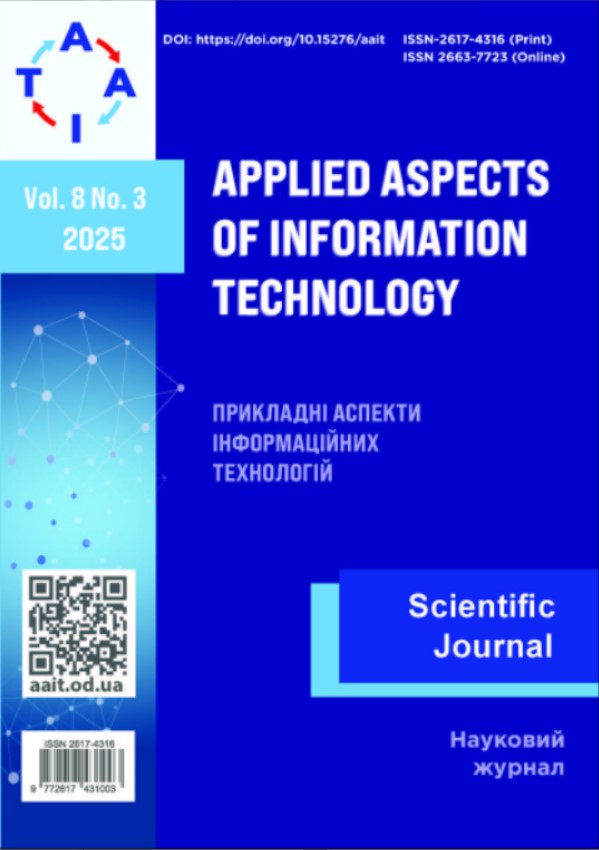Technological platforms, tools, and standardization in the unified information space for automated unmanned aerial vehicle design
Main Article Content
Abstract
Unmanned aerial vehicle development entails highly interdisciplinary processes, often hampered by fragmented digital toolchains and siloed data. This paper addresses the critical need for an integrated unified information space across the unmanned aerial vehicle lifecycle. We present a review of modern platforms and standards that enable end-to-end data continuity – the “digital thread” – from initial requirements through design, manufacturing, and operations. The aim is to synthesize current approaches to achieving interoperability and an authoritative source of truth for unmanned aerial vehicle projects. Key objectives include mapping prevalent Model-Based Systems Engineering and Product Lifecycle Management platforms, comparing lifecycle standards (e.g., systems modeling language, Standard for the Exchange of Product Data, Open Services for Lifecycle Collaboration, Open platform communications unified architecture) across development phases, proposing an integration framework to connect heterogeneous tools, and identifying gaps in adoption. In terms of methods, a structured literature review was conducted using IEEE Xplore, Scopus, and engineering databases. Search strings targeted unmanned aerial vehicle tool integration, Model-Based Systems engineering and Product Lifecycle Management interoperability, and digital thread case studies. Inclusion criteria focused on publications and standards addressing cross-domain data integration; industry white papers and standards documentation were also analyzed. The results reveal a rich landscape of standards for requirements management, system architecture, product data exchange, simulation interoperability, and IoT-based operational feedback. We provide a comparative analysis (including tables) of these standards versus lifecycle stages, and of integration approaches (Application Programming Interfaces, service buses, Open Services for Lifecycle Collaboration links, industrial Internet of Things protocols) against factors like latency, scalability, and security. A conceptual integration blueprint is outlined, leveraging open standards to connect systems modeling language models, Computer-Aided Design/Product Lifecycle Management data, and real-time sensor information into a cohesive environment. Discussion highlights trade-offs such as proprietary Product Lifecycle Management suites versus openness, the maturity and portability of Model-Based Systems Engineering models (systems modeling language version 1.0 limitations and systems modeling language version 2.0 prospects), and cloud vs. on-premises deployment given aerospace security International Traffic in Arms Regulations constraints. Organizational readiness (business process reengineering, stakeholder buy-in) emerges as a key success factor. In conclusion, unifying the information space can dramatically improve unmanned aerial vehicle development efficiency, traceability, and innovation. However, realizing this vision requires not only technical solutions but also adoption of standards and cultural change in engineering practices. The paper’s synthesis provides practical insights and a roadmap for both researchers and practitioners aiming to implement a consistent digital thread for complex aerospace systems.



